Some horror films transcend simple scares to tap into our deepest anxieties and can leave even adults terrified of going down to the dark basement or walking around alone in their own home. Our list of scary movies have crafted a sinister blend of storytelling and perfect direction in visual fear, earning them their reputation as the creepiest films of all time.
From Hitchock to Kubrick and some new entrants in between, here’s our interpretation of the most creepy horror movies to hit the big scream. We don’t recommend watching if you plan to sleep well or without nightmares.
The Babadook
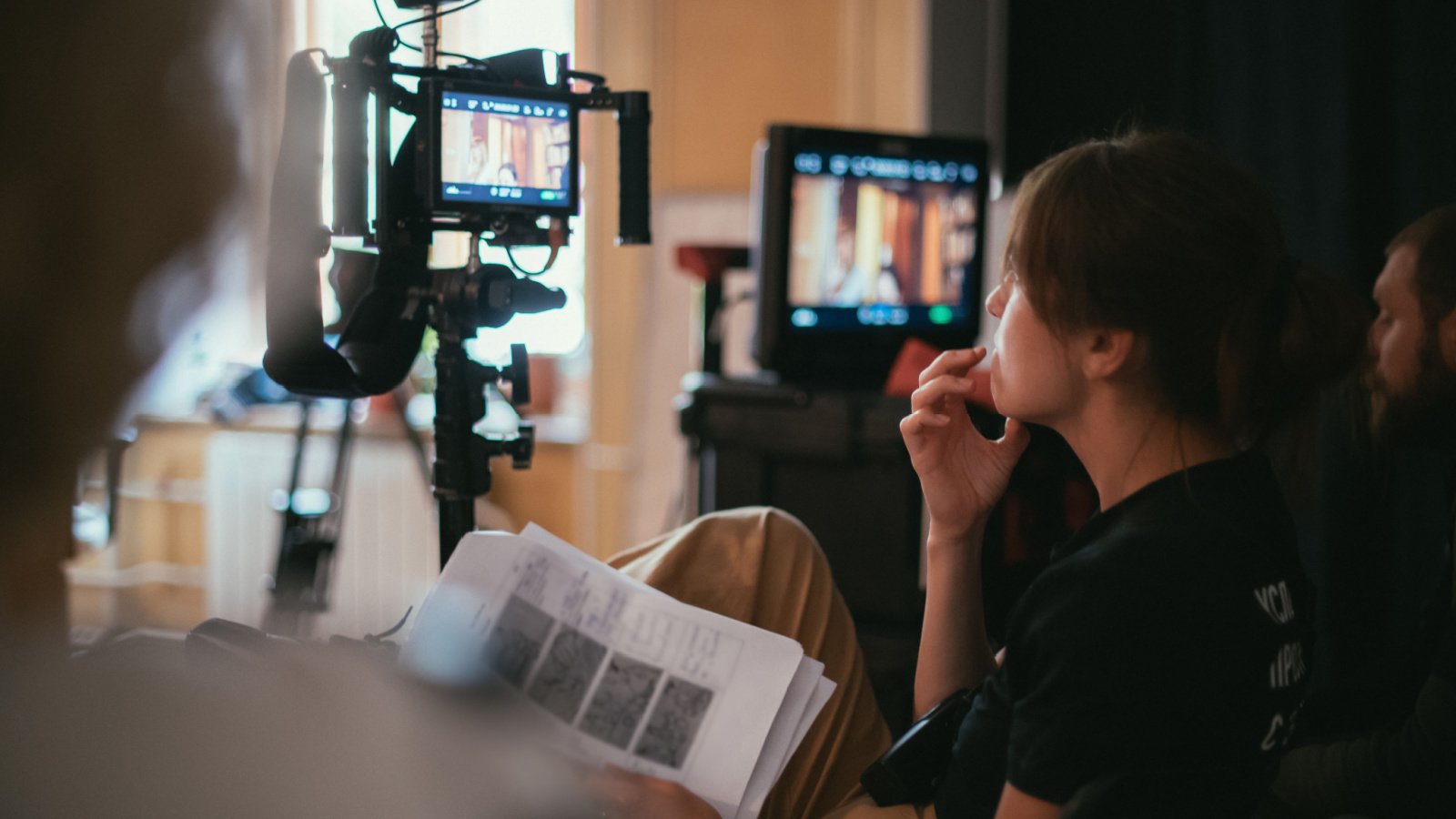
“The Babadook” introduces a sinister storybook monster that becomes all too real for a grieving widow and her troubled son. The film’s atmosphere, laden with a sense of dread and the psychological torment of the characters, elevates its horror beyond the supernatural. Its exploration of grief and motherhood adds a haunting layer to the terror.
Hereditary

“Hereditary” dives deep into the horrors of family legacy and the inevitability of fate with a chilling portrayal of a family unraveling after the death of its secretive matriarch. The film uses unsettling imagery and a slow build of dread to create a palpable tension. It culminates in shocking, visceral horror that lingers with the audience.
The Witch

Set in 1630s New England, “The Witch” explores the disintegration of a Puritan family’s faith and sanity after their exile from a colonial plantation. The isolation and the eerie, untouched woods provide a perfect backdrop for the unsettling folkloric horror that unfolds. Its period-authentic dialogue and commitment to atmospheric tension make it a disturbing tale of paranoia and supernatural evil.
The Shining
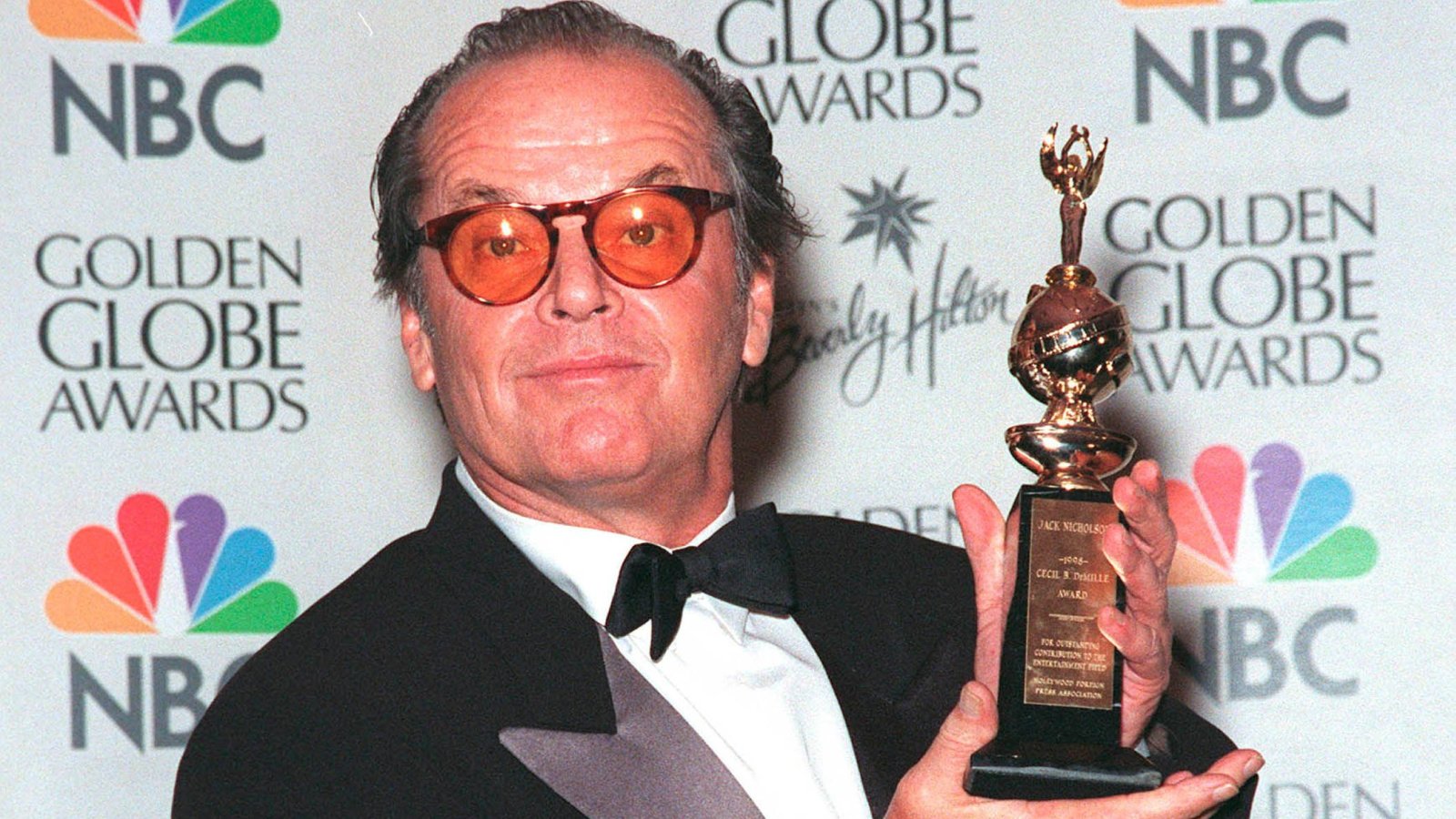
“The Shining,” based on Stephen King’s novel, portrays a family’s descent into madness within the confines of an isolated, haunted hotel. The slow buildup of tension, combined with Jack Nicholson’s iconic performance, creates an oppressive atmosphere brimming with impending doom. Its eerie setting and psychological complexity ensure its place as a quintessential horror film.
Rosemary’s Baby

In “Rosemary’s Baby,” a young wife becomes embroiled in a nightmarish plot involving her pregnancy and her mysterious neighbors. The film’s psychological horror is magnified by its urban setting and the protagonist’s isolation amidst seemingly friendly faces. This classic horror tale masterfully blends the supernatural with the paranoia of the 1960s.
Get Out
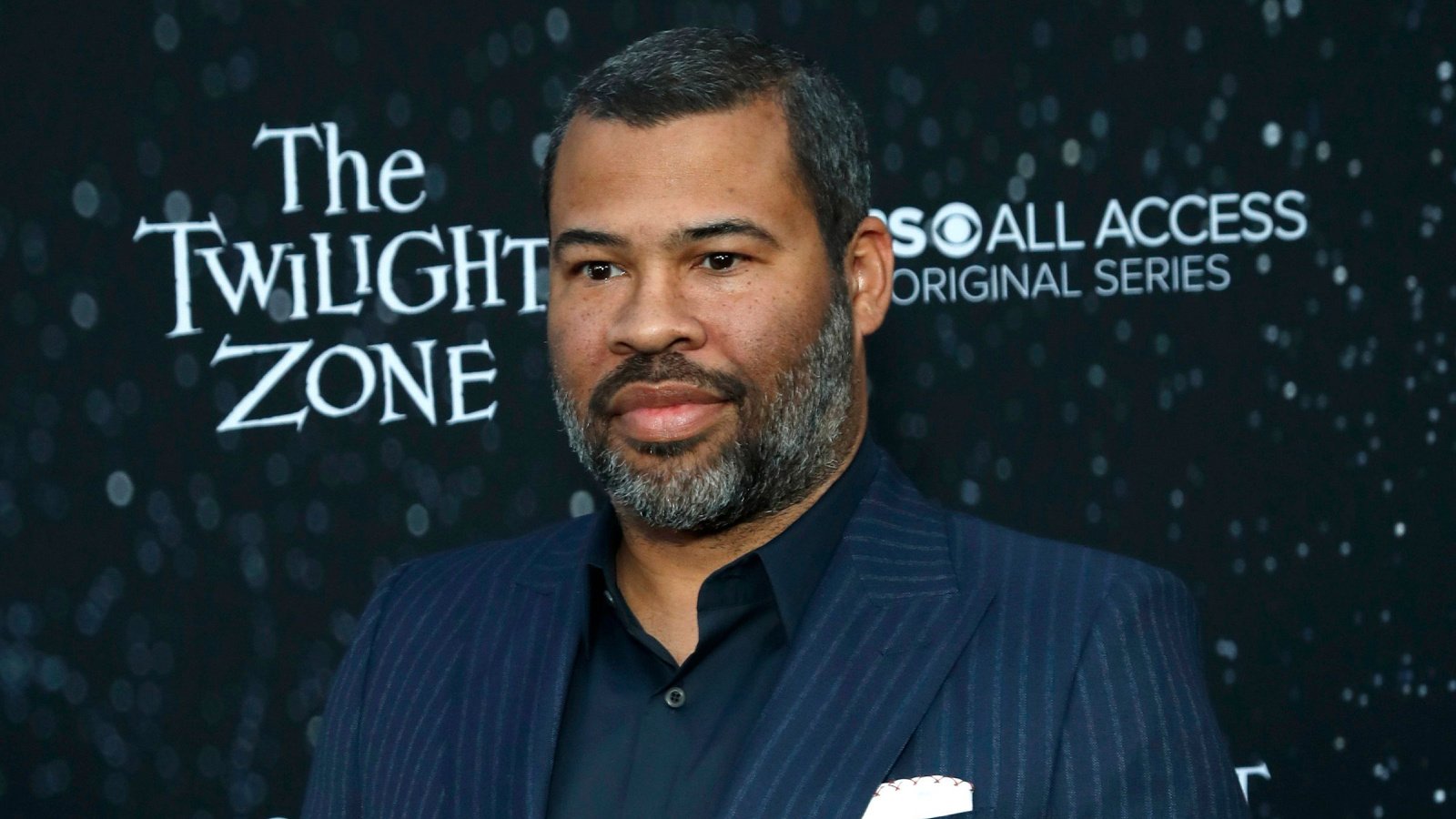
“Get Out” uses the framework of a psychological thriller to explore racial tensions, making the familiar feel eerily sinister. The protagonist’s visit to his girlfriend’s parents’ seemingly idyllic estate quickly uncovers a disturbing reality beneath the surface. This film combines social commentary with effective horror elements, making it uniquely unsettling.
The Silence of the Lambs
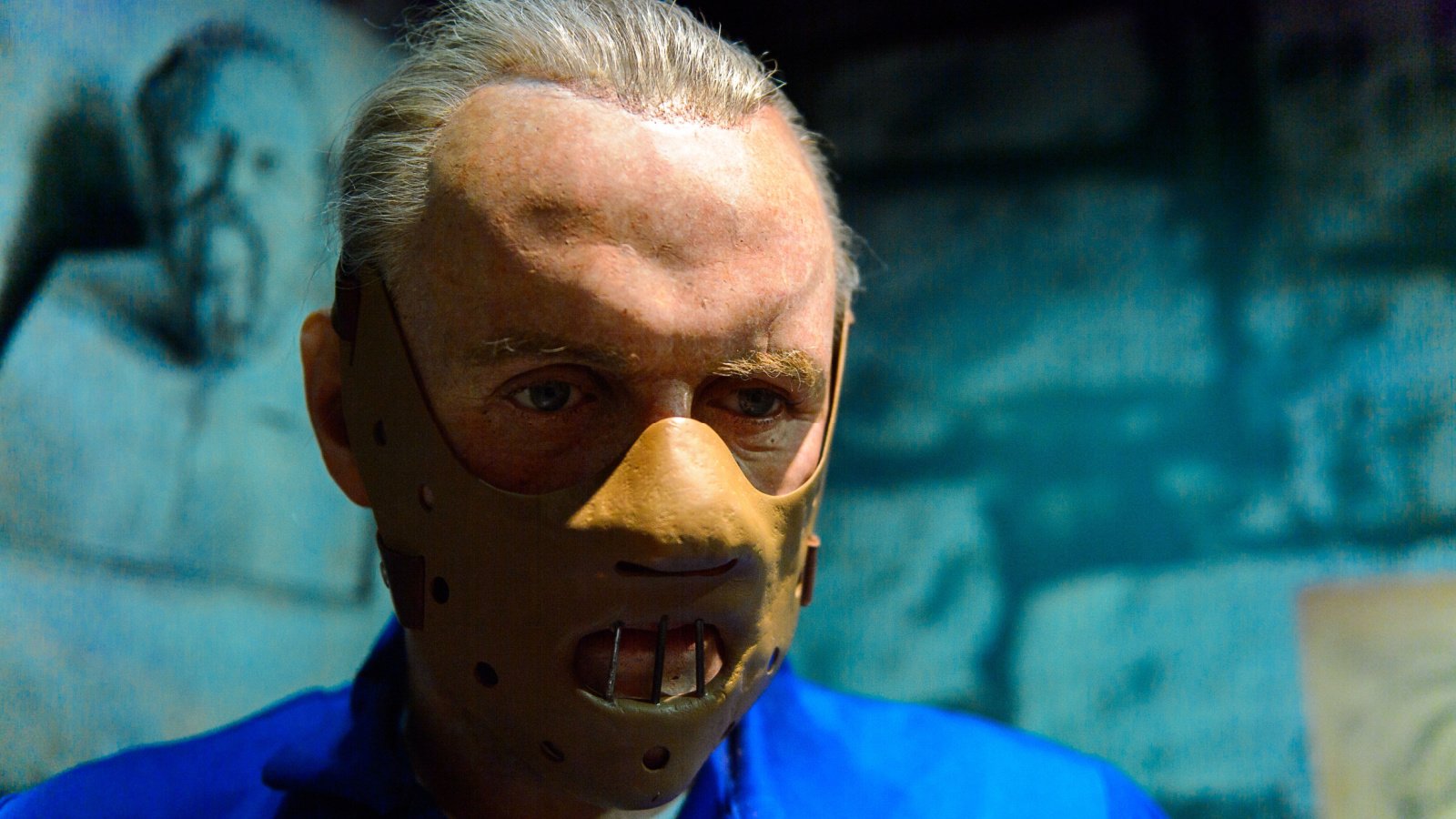
This chilling thriller features a young FBI trainee seeking help from an imprisoned cannibalistic serial killer to catch another killer on the loose. The intense interactions between Clarice Starling and Hannibal Lecter delve into the depths of human depravity. Its blend of psychological horror and crime investigation makes it a gripping and creepy film.
It Follows

“It Follows” presents a unique and terrifying concept: a supernatural entity passed through sexual contact, relentlessly pursuing its next victim. The film creates a constant sense of dread with its wide shots and haunting score, symbolizing inevitable doom. Its original premise and execution revive the teen horror genre with a fresh, eerie twist.
The Ring

Adapted from a Japanese horror film, “The Ring” features a cursed videotape that promises death to viewers within seven days of watching it. The investigation into the tape’s origins leads to increasingly disturbing discoveries. The movie’s success in America helped popularize Asian horror themes, characterized by their psychological depth and eerie visuals.
Nosferatu

A masterpiece of silent cinema, “Nosferatu” is an unauthorized adaptation of Bram Stoker’s “Dracula” with a nightmarish quality that remains effective nearly a century later. The film’s use of shadows and the grotesque appearance of Count Orlok create an enduring image of vampiric horror. Its influence is seen in countless films, and its eerie aesthetic continues to inspire dread.
Sinister
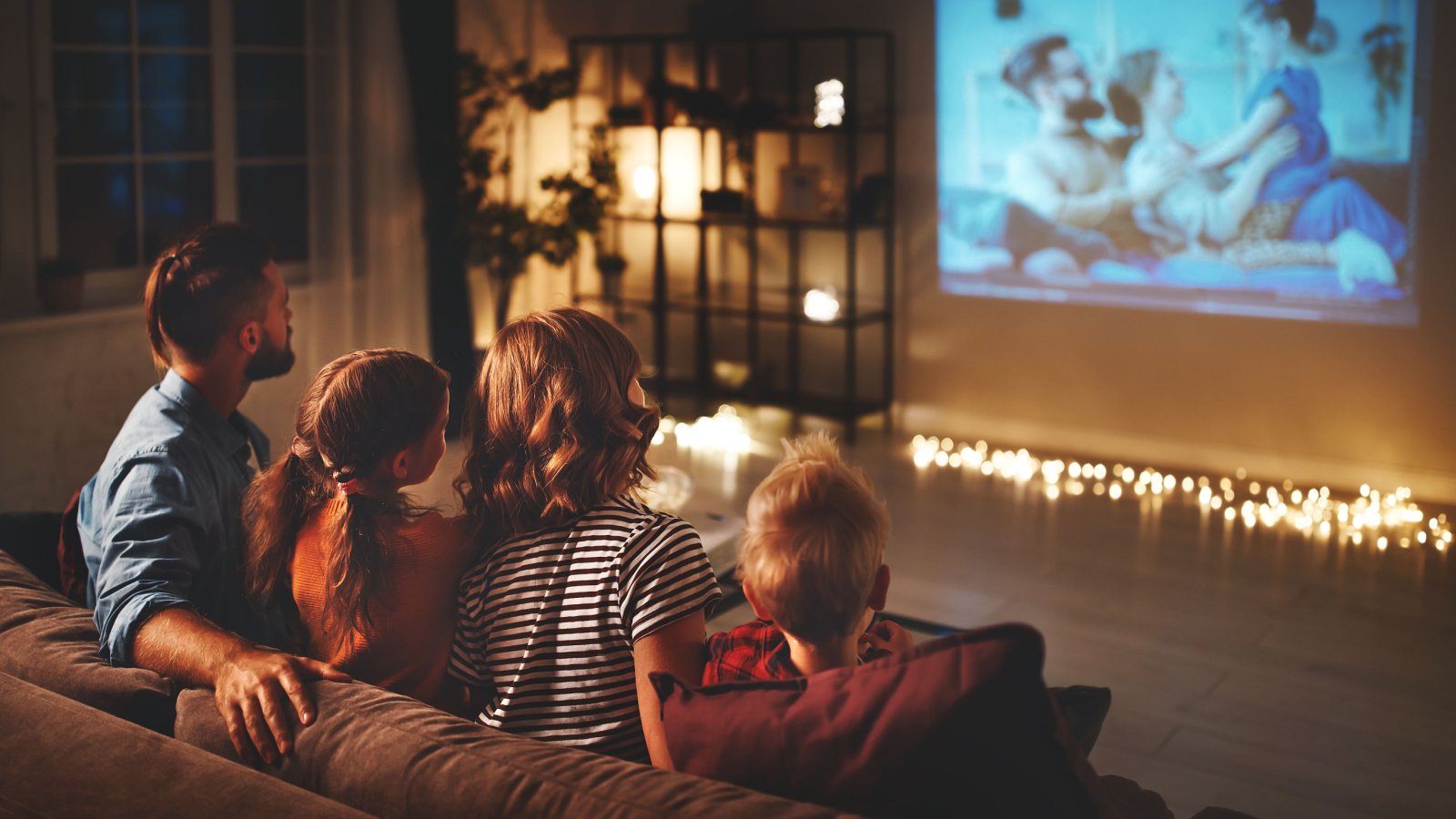
“Sinister” follows a true-crime writer who uncovers a box of home movies that put his family in grave danger. The film effectively uses found footage within a traditional narrative to amplify its horror elements. Its use of sudden scares and a pervasive sense of dread make it a standout in modern horror.
Paranormal Activity

Utilizing a low-budget, found-footage style, “Paranormal Activity” revitalizes the haunted house story with its simplicity and restraint. The film’s slow escalation of night-time disturbances captured on home cameras creates a terrifyingly intimate horror experience. Its success spawned numerous sequels and became a defining film of the genre.
The Blair Witch Project

This groundbreaking film popularized the found-footage style, presenting the footage of three filmmakers who disappeared while documenting a legendary witch in Maryland. The realism of the actors’ fear and the rawness of the footage create a sense of authenticity and immediacy. “The Blair Witch Project” remains one of the most influential and frightening films in horror history.
A Nightmare on Elm Street

Wes Craven’s iconic film introduces Freddy Krueger, who haunts the dreams of teenagers to exact his murderous revenge. The blend of reality and nightmares blurs the lines of safety for characters and viewers alike. The concept of a danger that attacks you in your sleep was both novel and terrifying, making it a seminal work in horror.
Alien

“Alien” combines science fiction with horror as a space crew encounters a deadly extraterrestrial organism aboard their ship. The claustrophobic setting and the creature’s horrifying lifecycle tap into primal fears of the unknown and confinement. Its tagline, “In space, no one can hear you scream,” perfectly captures its chilling appeal.
Candyman

“Candyman” delves into urban legends and the history of racial violence in America, where a graduate student investigates the myth of a supernatural murderer with a hook for a hand. The film’s atmosphere is laden with a sense of inevitable tragedy and horror. Its mix of social commentary and traditional scare tactics creates a deeply unsettling experience.
Midsommar

“Midsommar” portrays a pastoral nightmare as a group of friends attends a Swedish midsummer festival that descends into pagan rituals and unsettling horror. The film’s bright, daylight horror is juxtaposed with its dark themes of grief and betrayal. Its unnerving portrayal of human behavior and ritualistic violence lingers with the viewer.
The Others

In “The Others,” a woman and her two photosensitive children become convinced that their home is haunted. The film’s suspense is skillfully built through sound, shadows, and the slow revelation of the truth. Its twist ending leaves a lasting impact, redefining the haunted house genre.
Session 9

“Session 9” uses the real-life setting of an abandoned mental hospital to heighten its psychological horror, focusing on an asbestos cleanup crew that encounters increasingly disturbing phenomena. The isolation and the eerie environment amplify the characters’ descent into madness. This film is a hidden gem that masterfully uses atmosphere to evoke dread.
The Orphanage

Produced by Guillermo del Toro, “The Orphanage” combines supernatural elements with deep emotional themes. The story revolves around a woman who returns to her childhood home, now an orphanage, where her son starts to communicate with an invisible new friend. The film’s haunting atmosphere and heartbreaking twists make it both beautiful and deeply disturbing.
The Grudge

“The Grudge” presents a curse that is born when someone dies in extreme sorrow or rage, creating a cycle of death that affects everyone who comes into contact with it. The non-linear storytelling and the chilling sound effects contribute to the film’s unsettling nature. It’s a compelling addition to the psychological horror genre, known for its lingering effects after viewing.
Pet Sematary

Based on Stephen King’s novel, “Pet Sematary” deals with the harrowing consequences of grief and the unsettling allure of resurrecting the dead. The film taps into the universal fear of death and the unknown. Its atmosphere is thick with dread, powered by an eerie narrative that explores the boundaries of life and death.
The Sixth Sense
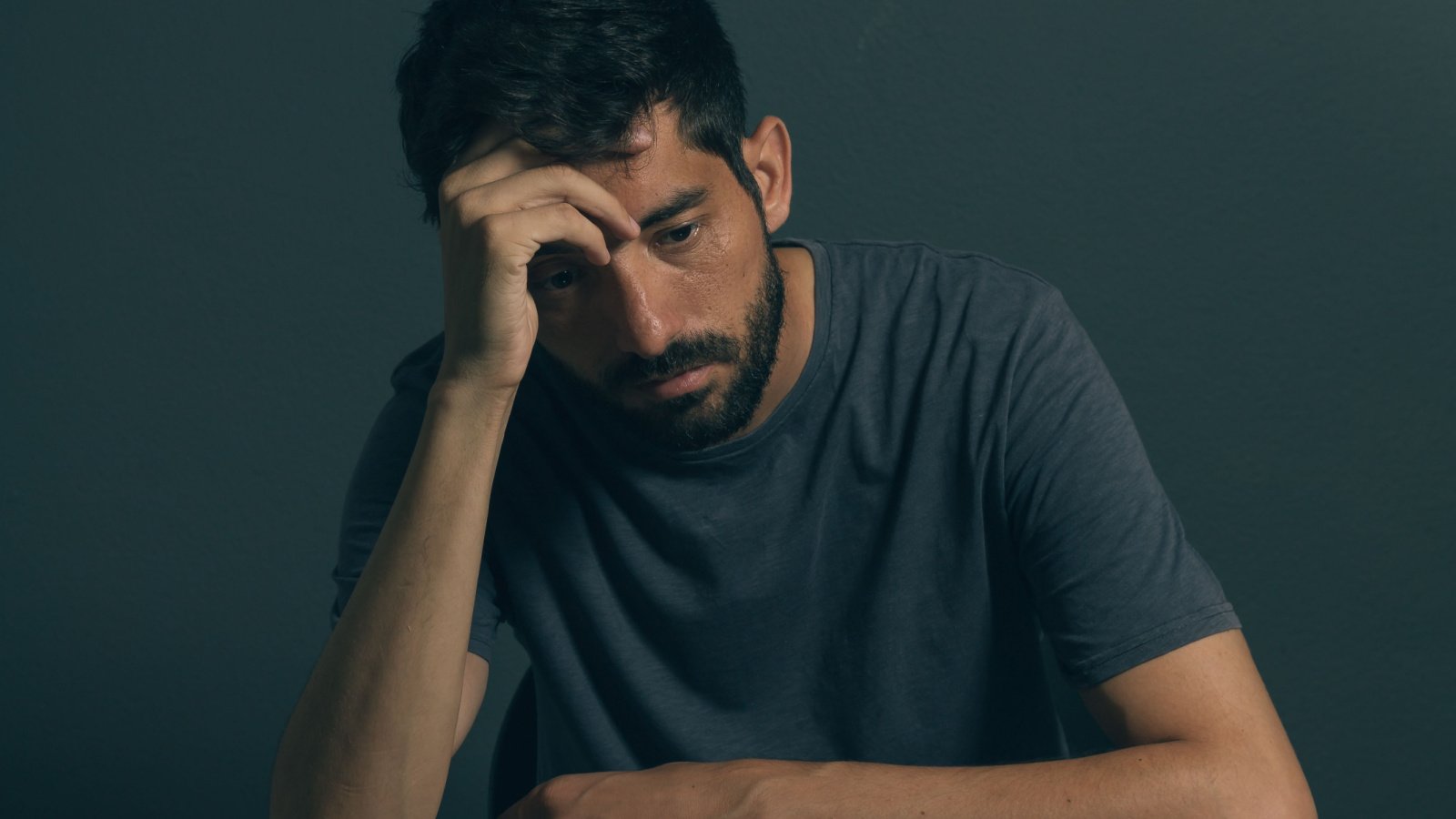
“The Sixth Sense” reveals the story of a boy who can see and communicate with the dead, guided by a disheartened child psychologist. The film’s twist ending is iconic, but it’s the buildup of suspense and the emotional depth that truly terrifies. M. Night Shyamalan masterfully crafts a tale that is as psychologically thrilling as it is ghostly.








